Test Bank For Basic Nursing Essentials For Practice 7th Edition By Potter
Chapter 01: Health and Wellness
Test Bank
MULTIPLE CHOICE
- When planning care a nurse wants to use the goals of Healthy People 2010 because these goals:
| A. | aim to increase both quality and years of life by eliminating the nation’s health disparities. |
| B. | increase the life expectancy of all Americans. |
| C. | reduce the percentage of communicable diseases in childhood. |
| D. | identify gaps among ethnic minorities in regard to health promotion and disease prevention. |
ANS: A
The objectives of Healthy People 2010 focus on interventions designed to reduce or eliminate illness, disability, and premature death or on broader issues such as improving availability and distribution of health-related information. In the Healthy People 2010 model, individual biology and individual behavior influence health through their interaction with each other and with a person’s social and physical environments.
PTS: 1 DIF: Cognitive Level: Application REF: 6
OBJ: Describe the variables influencing health beliefs and health practices
TOP: Nursing Process: Assessment
MSC: Client Needs: Health Promotion and Maintenance
- The health-illness continuum can be used to:
| A. | define health and illness as absolute. |
| B. | understand the relationships between attitudes toward health and health practices. |
| C. | compare one patient’s health to another patient’s health. |
| D. | consider a patient’s risk factors when identifying levels of health. |
ANS: B
Health and illness are complex concepts. Health is more than just the absence of illness or disease. Nursing models allow nurses to understand and predict patients’ behaviors, use of health services, participation in therapy, and care for themselves. Risk factors are part of a patient’s health beliefs and health practices.
PTS: 1 DIF: Cognitive Level: Analysis REF: 2
OBJ: Discuss the health belief, health promotion, basic human needs, and holistic health models of health and illness to understand the relationship between patients’ attitudes toward health and health practices TOP: Nursing Process: Assessment
MSC: Client Needs: Health Promotion and Maintenance
- After assessing a patient’s risk factors, a nurse understands that risk factors are:
| A. | direct indicators of the presence of disease. |
| B. | more common in adolescents than adults. |
| C. | modifiable traits that can assist a patient with changing. |
| D. | variables that increase vulnerability to develop illness or accident. |
ANS: D
The presence of a risk factor does not mean that a disease will develop, but risk factors increase the chances that the individual will experience a particular disease. Age increases susceptibility to certain diseases. Risk factors influence health beliefs and practices if a person is aware of their presence.
PTS: 1 DIF: Cognitive Level: Comprehension REF: 10
OBJ: Discuss four types of risk factors and the process of risk factor modification
TOP: Nursing Process: Assessment
MSC: Client Needs: Health Promotion and Maintenance
- To evaluate a patient’s external variables, a nurse understands that health beliefs and practices can be influenced by a patient’s:
| A. | emotional factors. |
| B. | intellectual background. |
| C. | developmental stage. |
| D. | socioeconomic factors. |
ANS: D
Emotional factors, intellectual background, and developmental stage represent internal variables; socioeconomic factors are an external variable.
PTS: 1 DIF: Cognitive Level: Analysis REF: 6
OBJ: Describe the variables influencing health beliefs and health practices
TOP: Nursing Process: Evaluation
MSC: Client Needs: Health Promotion and Maintenance
- A nurse uses the concept of primary prevention when instructing a patient to:
| A. | get a flu shot on a yearly basis. |
| B. | take blood pressure medication every day. |
| C. | explore hiring a patient with a known disability. |
| D. | undergo physical therapy following a cerebrovascular accident. |
ANS: A
Taking blood pressure medication every day is a tertiary prevention because the patient is trying to prevent further complications. Physical therapy after a cerebrovascular accident is intended to prevent further complications and deterioration. Primary prevention is avoiding illness by getting a flu shot.
PTS: 1 DIF: Cognitive Level: Application REF: 7
OBJ: Explain the three levels of prevention
TOP: Nursing Process: Implementation

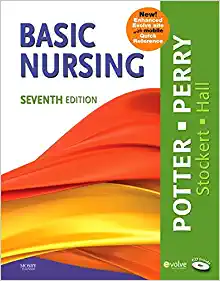
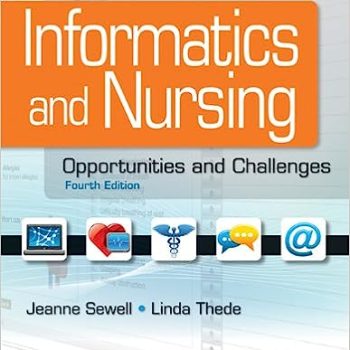
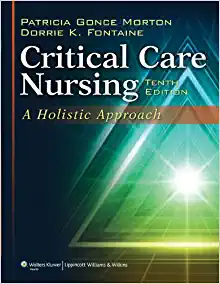


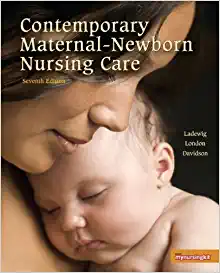

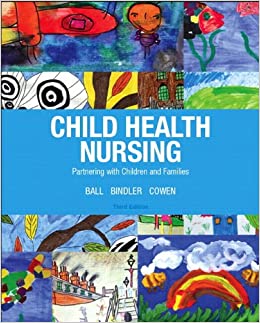
Reviews
There are no reviews yet.